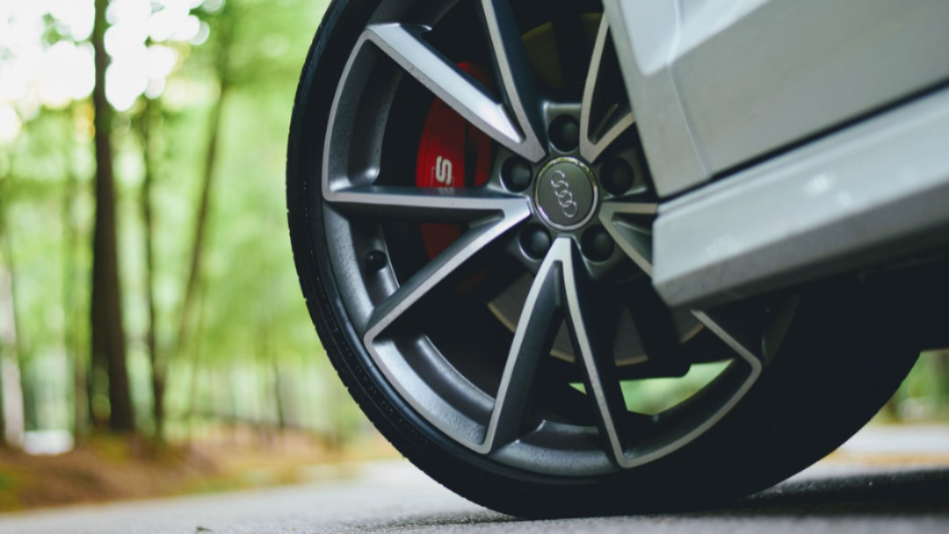There are several potential hazards to deal with when you’re on the road—however, rain and wet pavement are some of the hardest to handle. When roads become wet, the water mixes with the dirt and debris already present on its surface. This makes them incredibly slick and increases the chances of your tires hydroplaning. As such, it’s crucial you take extra steps to protect yourself when traveling in these conditions. These are a few top tips for driving on wet roads to keep in mind.
REDUCE YOUR SPEED
One of the best things you can do to keep yourself, and those around you, safe on wet roads is to significantly reduce your vehicle’s speed. Depending on how severe the conditions are, the faster you’re going the harder it is to react without accidentally hydroplaning. For this reason, it’s recommended you slow down in order to maintain more control over the car. Driving at a reduced speed will also increase the amount of reaction time you have so you can better respond to upcoming dangers.
AVOID DRIVING THROUGH PUDDLES
You’ll also want to keep yourself from driving through large puddles in the middle of the street. While most of the time these small pools don’t do much to hinder your movement, they can temporarily cut the amount of traction your wheels have with the road. Similar to driving too fast, this makes it easier to lose control and start sliding. Splashing through particularly deep puddles can also put additional strain on your engine and cause it to stall out. Therefore, it’s crucial you remain vigilant and avoid these spots whenever possible.
KEEP YOUR DISTANCE
Another top tip for driving on wet roads is to maintain increased distance between your car and the vehicle ahead of you. This further adds to your reaction time in the event of a crisis and reduces your chances of colliding with another vehicle should you start sliding. Additionally, having as much room in between cars as possible will also help mitigate the risk of situations where you can’t see well. Though it’ll be harder to see a car that’s farther ahead of you, you’ll still have some control over how the cars are spaced.
KNOW WHEN TO PULL OVER
Most importantly, make sure you know when you should stop and let the conditions clear up. Hydroplaning is one of the leading causes of weather-related collisions, and, contrary to popular belief, can happen even when it isn’t actively raining. So, if you’ve already experienced trouble maintaining traction on the road, you may want to pull over and wait for it to dry before continuing on.
If you’re going to be driving out on wet roads, you want to be sure your car’s tires are up to the task. As top-notch tire dealers in Gastonia, NC, we at RNR Tire Express consider it our mission to provide each customer with the best possible tires for their vehicle. This way, you can be assured your car will remain stable no matter what weather conditions you come across.







